Description
Pygeum & Saw Palmetto
Now Foods Pygeum and Saw Palmetto, focusing on how they’re often used together and their individual contributions.
Pygeum and Saw Palmetto: A Common Combination
Pygeum and Palmetto are both plant extracts frequently used together as complementary or alternative treatments, primarily for prostate health. They are believed to work synergistically to address symptoms of Benign Prostatic Hyperplasia (BPH), or enlarged prostate.
1. Saw Palmetto ( Serenoa repens )
-
Source: Extract from the berries of the Saw Palmetto palm tree.
-
Mechanism of Action (Proposed):
-
5-Alpha-Reductase Inhibition: Believed to inhibit the enzyme 5-alpha-reductase, which converts testosterone to dihydrotestosterone (DHT). DHT is a hormone that contributes to prostate enlargement. By blocking this conversion, Saw Palmetto may help reduce DHT levels in the prostate.
-
Alpha-Adrenergic Receptor Blockade: May block alpha-adrenergic receptors in the prostate and bladder, which can help relax the muscles in these areas and improve urinary flow.
-
Anti-inflammatory Effects: May have anti-inflammatory properties that could help reduce prostate inflammation.
-
-
Uses and Health Benefits:
-
Benign Prostatic Hyperplasia (BPH): The primary use. It’s often taken to alleviate symptoms such as:
-
Frequent urination (especially at night – nocturia)
-
Difficulty starting urination
-
Weak urine stream
-
Urgent need to urinate
-
Incomplete bladder emptying
-
-
Prostate Cancer (Potential – More Research Needed): Some in vitro and animal studies suggest potential anti-cancer effects, but more human research is necessary. It’s not a substitute for conventional prostate cancer treatment.
-
Hair Loss (Androgenic Alopecia – Male Pattern Baldness): Due to its potential DHT-blocking effects, some people use it to try to slow down hair loss. The evidence is mixed.
-
2. Pygeum
-
Source: Extract from the bark of the African plum tree. Sustainable harvesting is a concern, so look for products from companies with responsible sourcing practices.
-
Mechanism of Action (Proposed):
-
Anti-inflammatory: Contains compounds (like beta-sitosterol) that have anti-inflammatory properties.
-
Inhibition of Prostate Growth Factors: May interfere with the production of growth factors that contribute to prostate enlargement.
-
Improved Bladder Elasticity: Some research suggests it may improve bladder elasticity and reduce bladder irritability.
-
-
Uses and Health Benefits:
-
Benign Prostatic Hyperplasia (BPH): its primary use is to relieve BPH symptoms.
-
Prostatitis (Prostate Inflammation): May help reduce inflammation and pain associated with prostatitis.
-
Urinary Problems: May help improve urinary flow and reduce urinary frequency.
-
Synergistic Effects (When Used Together):
-
Many believe that S Palmetto and Pygum have complementary mechanisms of action that can lead to more effective symptom relief for BPH than either herb alone.
-
The combination may provide a more comprehensive approach by:
-
Addressing both hormone levels (DHT) and inflammation
-
Improving urinary flow and bladder function
-
Important Considerations and Caveats:
-
Effectiveness Varies: The effectiveness of both S Palmetto and Pygum can vary from person to person.
-
Symptom Relief, Not a Cure: They primarily address the symptoms of BPH, not the underlying cause. They don’t shrink the prostate, but can make living with an enlarged prostate more comfortable.
-
Delayed Onset: It can take several weeks or months of consistent use to notice significant symptom improvement.
-
Quality Matters: Choose reputable brands that use standardized extracts to ensure consistent potency and quality. Look for third-party certifications.
-
Sustainability of Pygem: Be mindful of the environmental impact. Choose products from companies committed to sustainable harvesting practices to protect the African plum tree population.
Potential Side Effects:
-
Saw Palmetto: Generally well-tolerated. Possible side effects include:
-
Mild stomach upset
-
Nausea
-
Diarrhea
-
Headache
-
Dizziness
-
-
Pygeum: Generally well-tolerated. Possible side effects include:
-
Mild stomach upset
-
Nausea
-
Drug Interactions:
-
Both Saw Palmetto and Pygiem may interact with blood-thinning medications (anticoagulants and antiplatelet drugs).
-
There is a theoretical risk of interaction with other hormone-modulating drugs.
Dosage:
-
Dosage recommendations can vary depending on the specific product and the severity of symptoms. It’s best to follow the manufacturer’s instructions on the label.
-
Typical dosages:
-
Saw Palmetto: 160-320 mg per day of a standardized extract.
-
Pygeim: 50-200 mg per day of a standardized extract.
-
Before Taking Pygeum or S Palmetto (or a Combination Product):
-
Consult Your Doctor: Crucially important. BPH symptoms can sometimes mimic prostate cancer. It’s essential to rule out prostate cancer with a proper medical evaluation (including a PSA test and possibly a digital rectal exam) before starting any self-treatment for BPH. Your doctor can also assess if these supplements are appropriate for you based on your overall health and medications.
-
Not a Substitute for Medical Care: Supplements are not a replacement for conventional medical treatment for prostate conditions.
In Summary:
Pygeim and S Palmetto are herbal extracts that may provide relief from BPH symptoms, especially when used together. They are not a cure for BPH and require responsible and informed use. Always consult your doctor before taking these supplements, especially to rule out more serious conditions. Pay attention to product quality and sustainability.

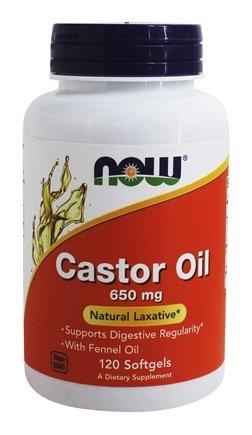
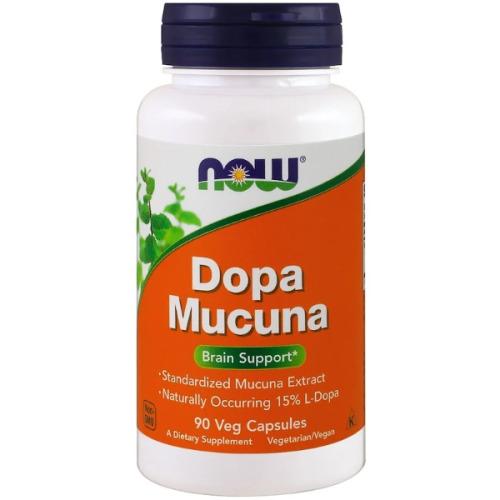

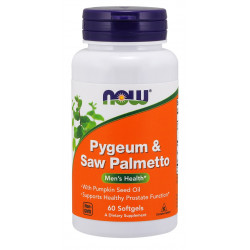
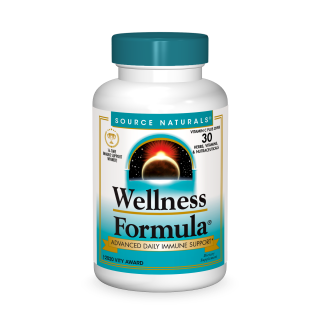

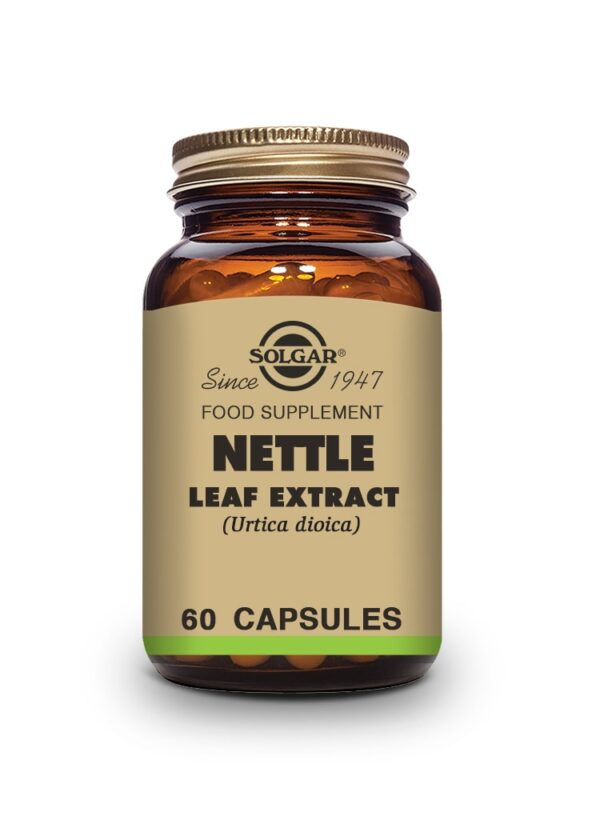
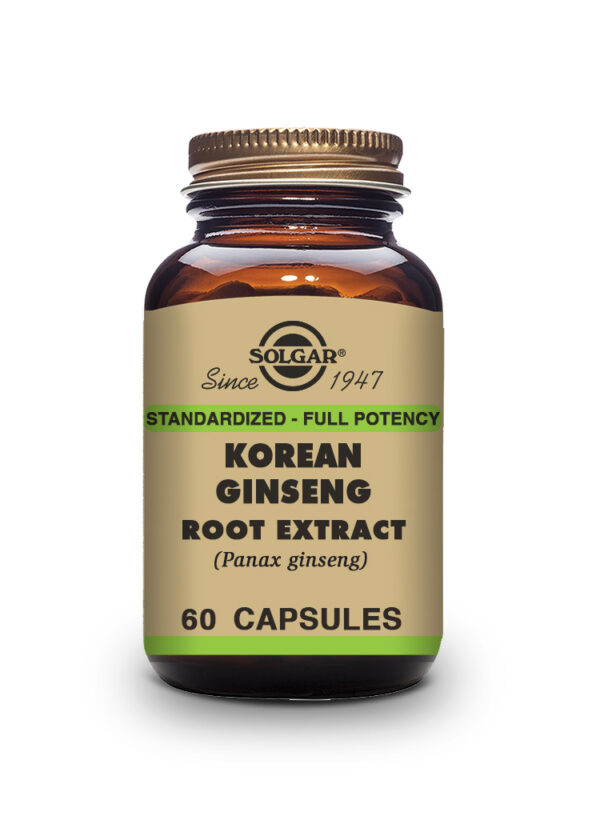


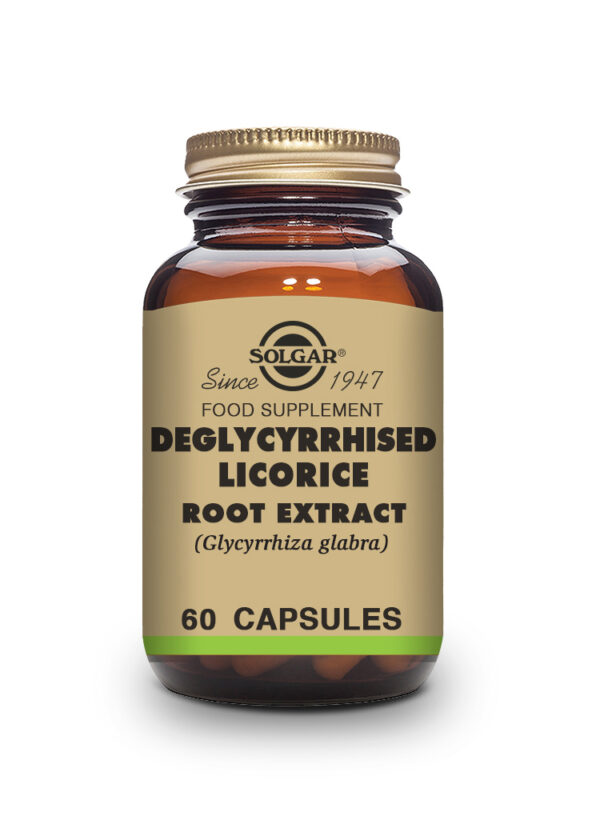
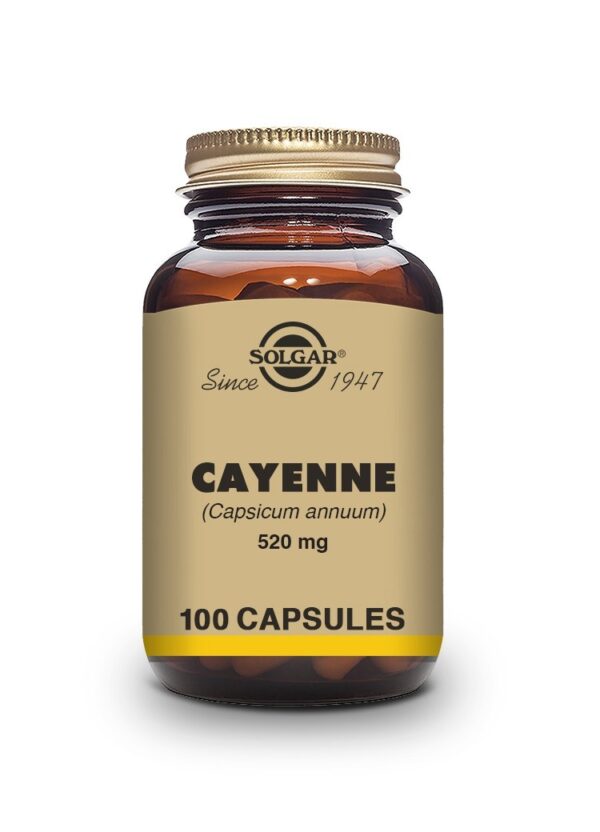

Reviews
There are no reviews yet.